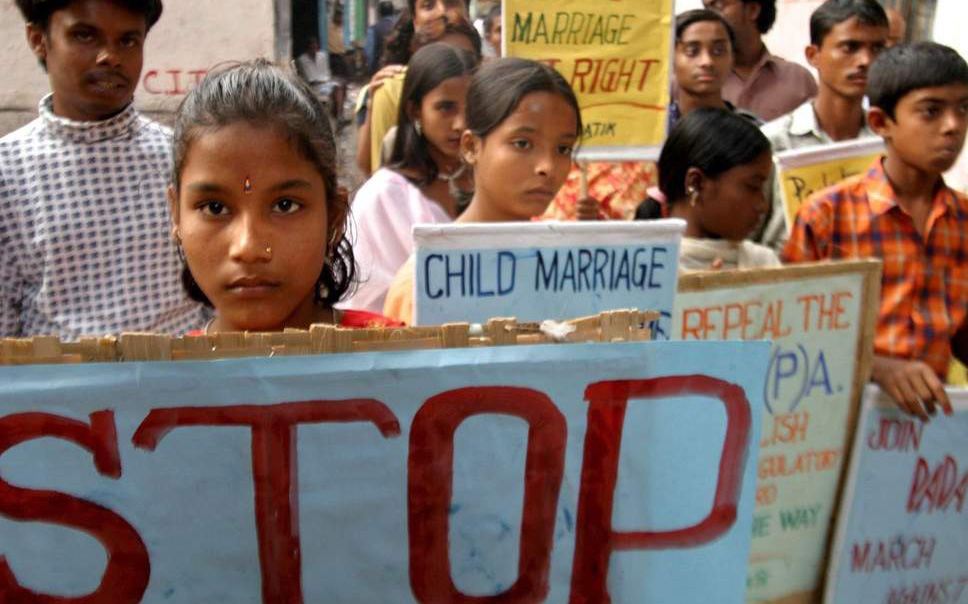New Delhi: The number of girls in India in the age group of 15-19 years who are currently married is down 51 per cent since 2000, and the country’s average performance across a set of indicators related to child health, education, labour, marriage and violence has improved, a new report published by the UK-based NGO Save the Children, India has said.
The ‘Global Childhood Report’ with its score on Childhood Index up 137 points, from 632 to 769, has also cut teen births by 63 per cent since 2000 and 75 per cent since 1990. The index score reflects the average level of performance across a set of eight indicators related to child health, education, labour, marriage, childbirth and violence.
“This reduction has resulted in over two million fewer teen births in India now compared to 2000 (3.5 million v/s 1.4 million), meaning progress in India alone accounts for nearly three-quarters of the global reduction in adolescent births during this period,” the report said. “Had rates remained unchanged, there would be 9 million more married girls in India today,” it added.
The number of girls in India in the age group of 15-19 years who are currently married, is down 51 per cent since 2000 and 63 per cent since 1990, the report informed.
However, even today child marriage prevalence is higher in rural areas as compared to urban areas as these figures are 14.1 per cent and 6.9 per cent for rural and urban areas respectively for age group 15-19 years, the report says.
“India’s gains on its indicators will surely have a multitude effect on the next generation to come. However, while we see progress as per the data in the national averages, we urgently need to focus on narrowing the gaps between rural and urban areas and between people living in different wealth profiles,” Bidisha Pillai, CEO of ‘Save the Children’, said in the report.
“Much remains to be done to reach the most deprived children who tend to be the furthest behind and are always the hardest to reach. Development policies and programmes formulated for children must ensure that there is special focus on children belonging to the vulnerable social groups, households in poverty, and children staying in states performing low on development indicators,” added Pillai.
PTI





